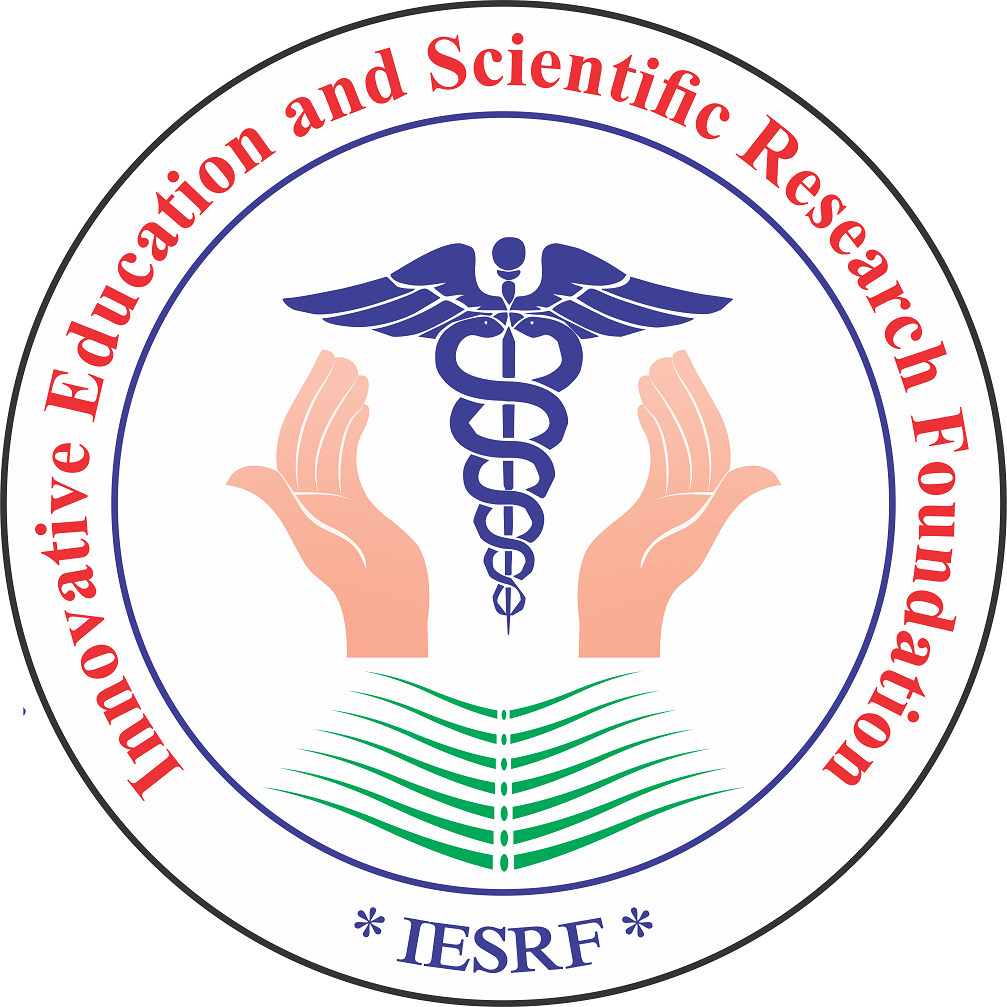Artificial intelligence is emerging as an important exploratory tool due to its transforming capabilities in the field of clinical chemistry. There are many novel applications of artificial intelligence with its associated tools in clinical chemistry. Due to the emergence of COVID 19 pandemic, AI has found profound implications in the field of laboratory medicine.[1], [2]
Artificial intelligence is referred as the capability of instruments to replicate human intelligence. It comprises of Artificial general intelligence (wherein AI thinks like humans), Artificial super intelligence (wherein AI supersedes human capabilities) and Artificial narrow intelligence (wherein AI enhances deep and advanced learning for specific automated tasks).[3], [4]
A significant area of focus of AI in clinical chemistry includes its application in predicting laboratory test results and optimizing lab resource utilization. Researchers have developed algorithms and models to optimize the utilization of lab resources. For instance, serum iron levels and the incidence of iron deficiency anemia can be derived from complete blood count.[5] Lee et al., has developed a neural network model for predicting LDL-Cholesterol levels based on total cholesterol, LDL cholesterol and triglycerides which can be used in place of Friedewald equation.[6]
AI helps in the interpretation of test results and for disease diagnosis. It plays a major role in test validation, quality control procedure and laboratory information management systems.[7] Kurstjens et al., has developed an algorithm to predict low ferritin levels based on data available from 3,797 primary care anemic patients.[8]
Finally, there is an urgent need to integrate the expertise available in clinical laboratory with AI experts for the needed digital transformation to occur in the near future. It is appropriate to manage the huge data generated by the clinical laboratory to extend the additional benefits to patient care. AI remains the ultimate tool to achieve this huge transformation in laboratory medicine.
References
- P Mitra, S Misra, P Sharma. One year of COVID-19: the “new normal. Indian J Clin Biochem 2021. [Google Scholar]
- P Mitra, S Misra, P Sharma. Impact of COVID-19 on clinical biochemistry: Indian scenario. Indian J Clin Biochem 2021. [Google Scholar]
- N Rabbani, Gye Kim, C J Suarez, JH Chen. Applications of machine learning in routine laboratory medicine: current state and future directions. Clin Biochem 2022. [Google Scholar]
- I Azarkhish, MR Raoufy, S Gharibzadeh. Artificial intelligence models for predicting iron deficiency anemia and iron serum level based on accessible laboratory data. J Med Syst 2012. [Google Scholar]
- Y Luo, P Szolovits, AS Dighe, JM Baron. Using machine learning to predict laboratory test results. Am J Clin Pathol 2016. [Google Scholar]
- T Lee, J Kim, Y Uh, H Lee. Deep neural network for estimating low density lipoprotein cholesterol. Clin Chim Acta 2019. [Google Scholar]
- DR Bunch, TJ Durant, JW Rudolf. Artificial Intelligence Applications in Clinical Chemistry. Clin Lab Med 2023. [Google Scholar]
- S Kurstjens, Td Bel, Ad Horst, R Kusters, J Krabbe, J Balveren. Automated prediction of low ferritin concentrations using a machine learning algorithm. Clin Chem Lab Med 2022. [Google Scholar]
